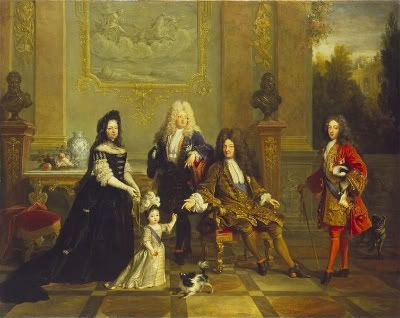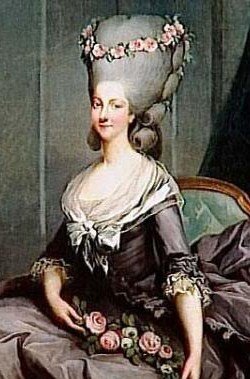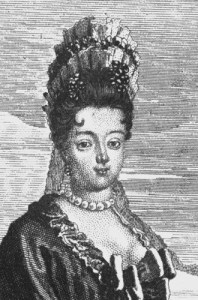It was commonplace to hear rumours about homosexual relationships among the courtiers even when the court was in exile after the revolution.
Marie Joséphine of Savoy, who had married the Comte de Provence and thus became the sister-in-law of Louis XVI, had a very intimate relationship with one of her ladies-in-waiting Marguerite de Gourbillon. Whether it was actually a lesbian is unknown, perhaps it was just gossip like the case with Marie Antoinette and the Princesse de Lamballe. Nevertheless, the Comte de Provence was far from pleased about this relationship and demanded that his brother, the King, had Madame de Gourbillon be removed from his wife's service. Apparently, the Comte was of the opinion that his wife was being completely dominated by her lady-in-waiting. In the end he was successful when Marguerite de Gourbillon was exiled to Lille in 1789.
 |
| Marie Joséphine |
When the court went into exile the two friends met up again in Marie Joséphine's home country of Savoy. In 1799 the would-be Queen of France had to leave for Mitau where a wedding was to take place and her husband wanted her there too (the wedding was that of Marie Thérèse, daughter of the beheaded King and Queen). There was one little demand though: Madame de Gourbillon could not go with her. Apparently, Marie Joséphine was not pleased with this and wrote directly to the Russian Tzar for permission to take her friend with her, since Mitau was Russian territory. When no answer ever came the two simply set off together anyway. However, their journey was dramatically stopped upon arrival at Mitau and Marguerite de Gourbillon was pulled out of the carriage. This was not the scandal in question, though there has already been a few!
Marie Joséphine must have been a will-strong woman and she certainly would not take that sort of behaviour. When she was finally admitted to court she publicly refused to change out of her travelling gown until her friend was allowed to rejoin her company. Nor would she stay in her exquisite rooms. The Tzar was not pleased about this and plainly refused to grant her her wishes, so Marie Joséphine tried a different tactic. She then refused to
leave her rooms where she was alone with a bottle of liqueur! The scandal was huge and everyone talked about it. After all she was the first in line to be the future Queen of France. Madame de Gourbillon was not allowed to stay with her friend but she did manage to convince the Tzar to sent the Comte away from Russia which happened in 1801.
It has been suggested that it was Marguerite de Gourbillon who had encourage Marie Joséphine to begin drinking which was then the reason for why the Comte would not approve of their friendship. One thing is for sure: their friendship was deep and perhaps Marie Joséphine was dependent on her friend who would even follow the Comte and Comtesse to England.










.jpg/220px-La_Comtesse_de_Mailly_(ca._1698).jpg)





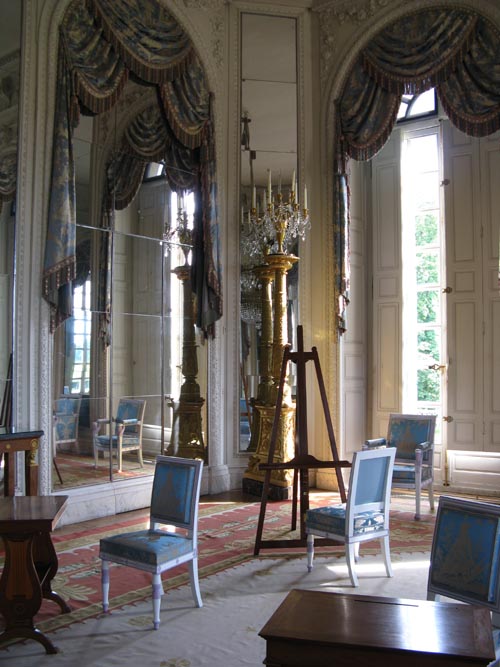
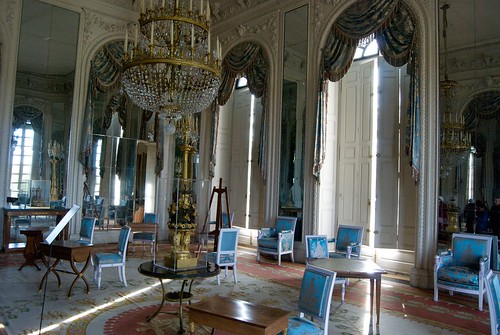
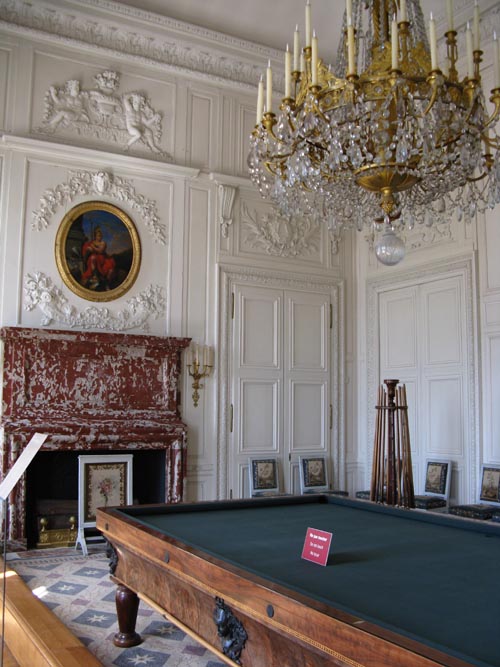


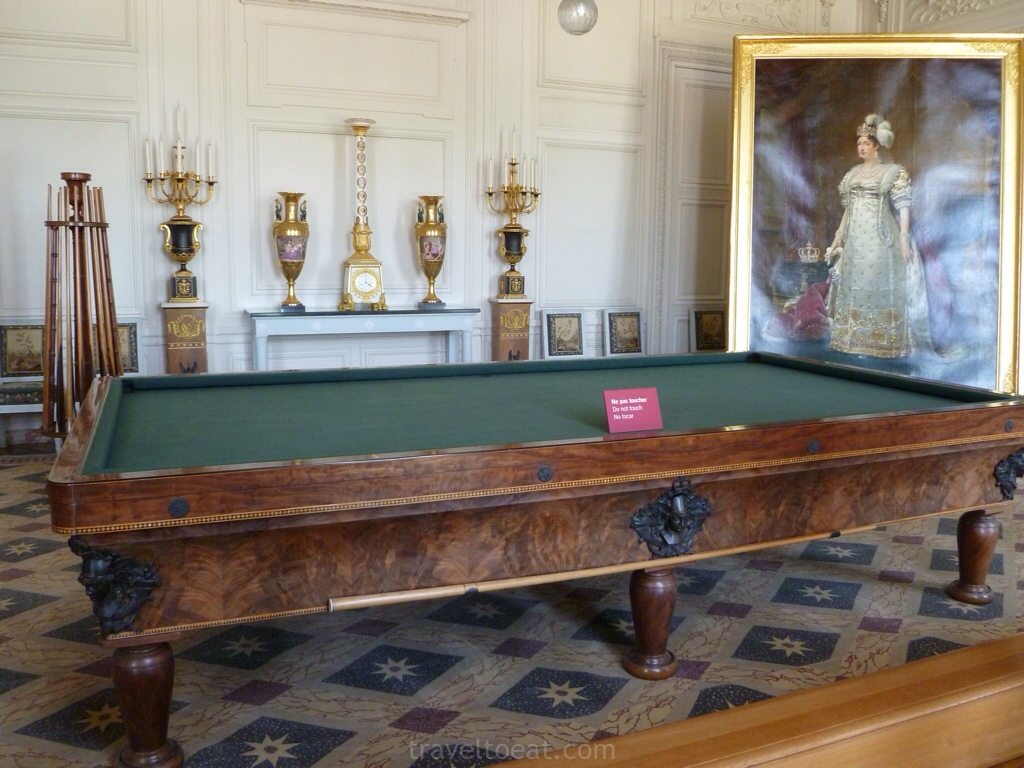
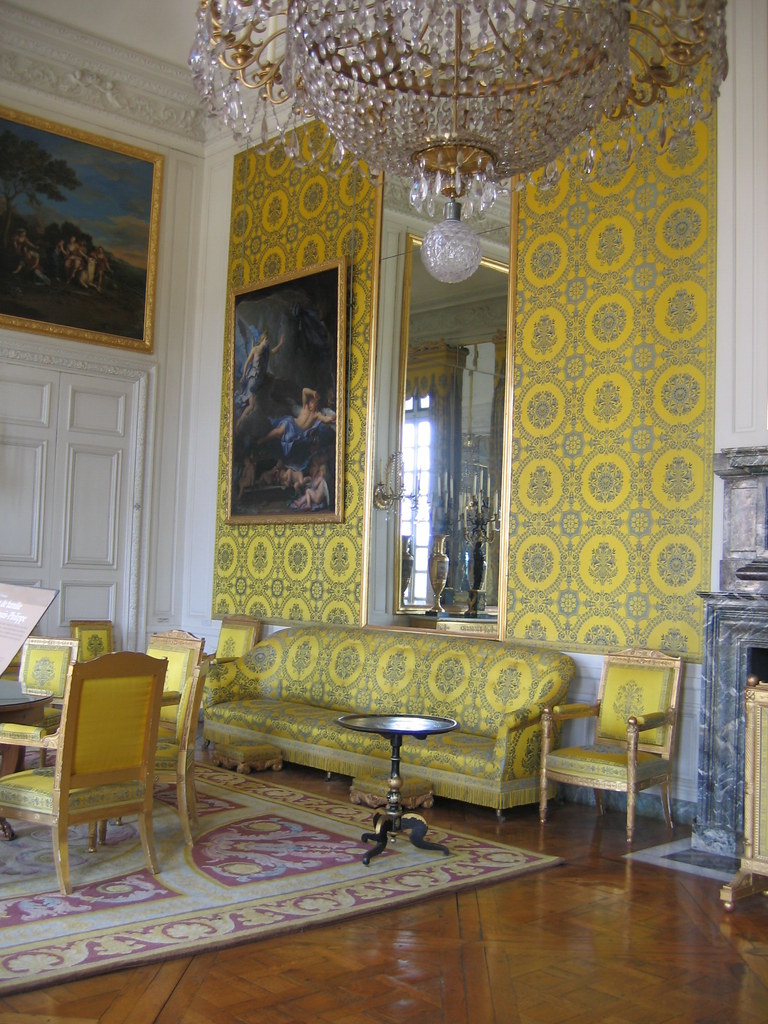
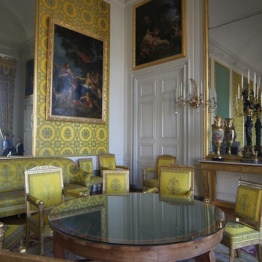









.png)
.png)





